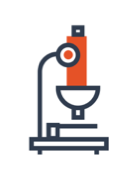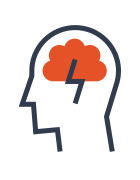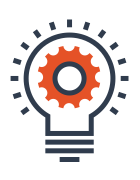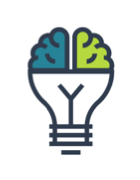RESOURCES
Developing Solutions
After a thorough Investigation and a synthesis of our findings, it is time to consider solutions. When identifying and developing solutions, it is vital to revisit the Investigation synthesis regularly. As you identify potential solutions, it is a good idea to create prototypes along the way to test with the people involved. The following are some other ideas to help develop appropriate, meaningful, and sustainable solutions.

Review Your Research
Your synthesis will only be as sound as the research. Ensure that you have started with a broad set of guiding questions that explore the Challenge from multiple perspectives. Draw conclusions supported by the patterns and stories that emerge.

Develop a Solid Synthesis
The key to a successful move from Investigation to the Act phase is developing a robust research synthesis. The synthesis is a written discussion that threads together all of the individual research findings from answering the guiding questions, draws conclusions, demonstrates a depth of knowledge, and makes a case for the proposed solutions.

Consider the Stakeholders
Keep in mind all stakeholders that your Solution will influence. Remember, this is about their needs and how you can support them, so checking in frequently and communicating your plan is essential for success.

Multiple Solution Concepts
Although the Challenge’s exploration will lend itself to multiple Solutions, you must eventually identify the best Solution to design and implement. Solution concepts may involve a campaign to inform or educate, school or community improvement projects, product development, or other activities.

Prototyping
After the Solution is identified, develop prototypes to experiment and test. This repeated design cycle will most likely raise new Guiding Questions requiring further research. The refinement process will produce a Solution that is ready to be implemented.

Iterate
Iteration is repetitive implementations of a solution improving each time based on new information. Once you create a prototype, gather feedback from an authentic audience in a real setting. Document the feedback to create a new iteration of your Solution. Many excellent solutions have evolved through cycles of iteration.
